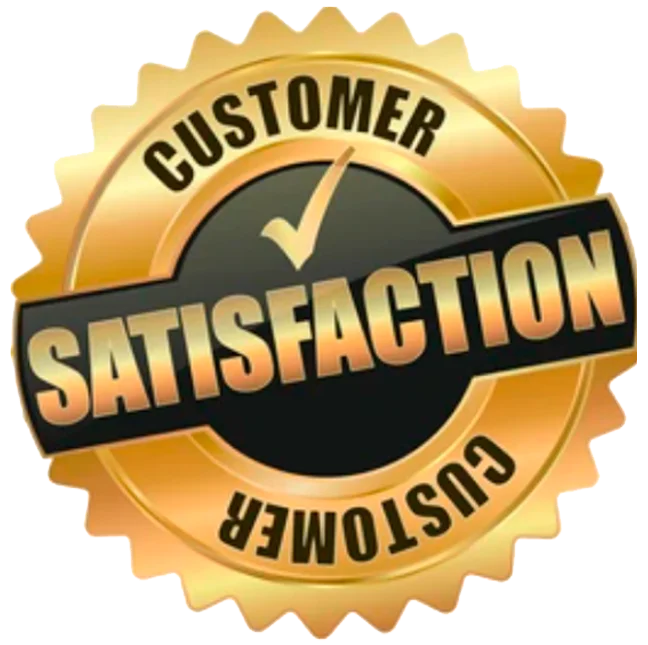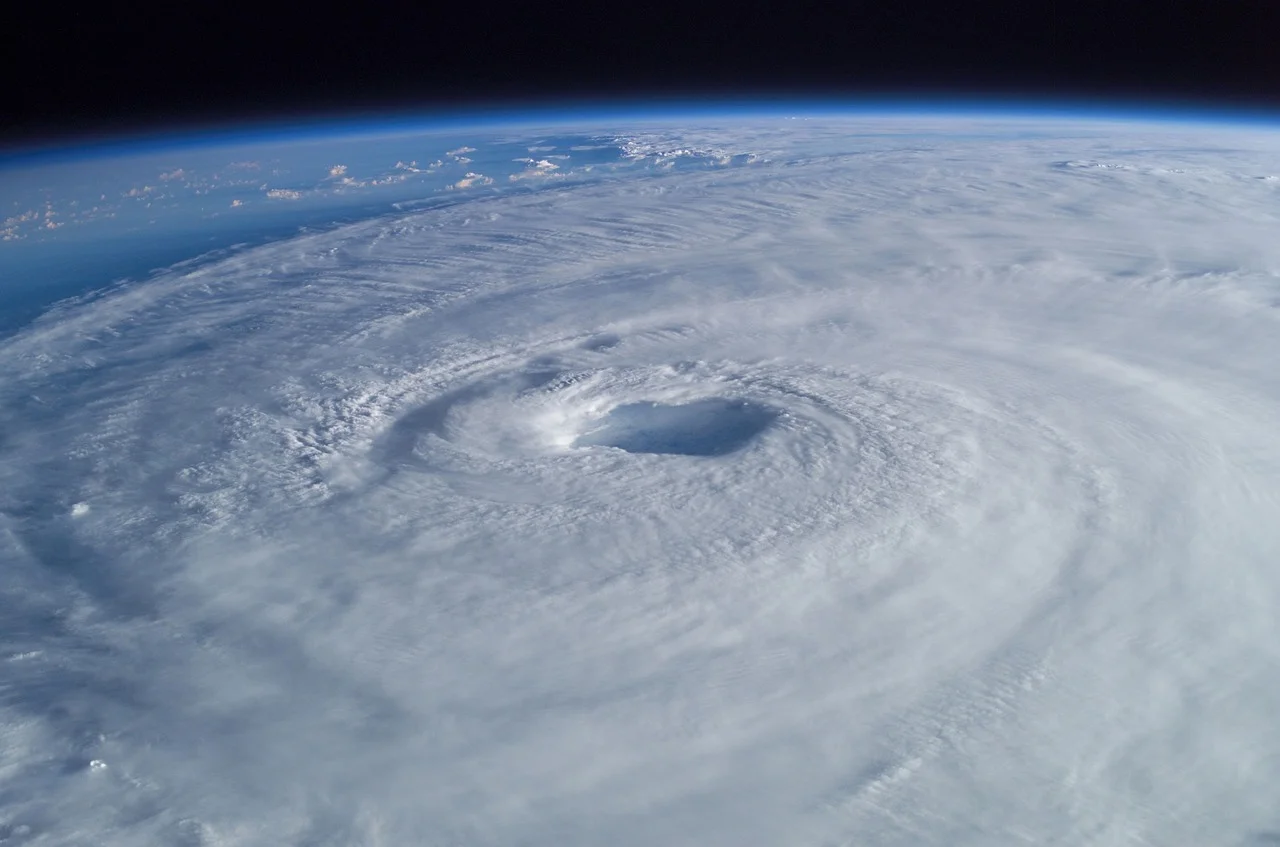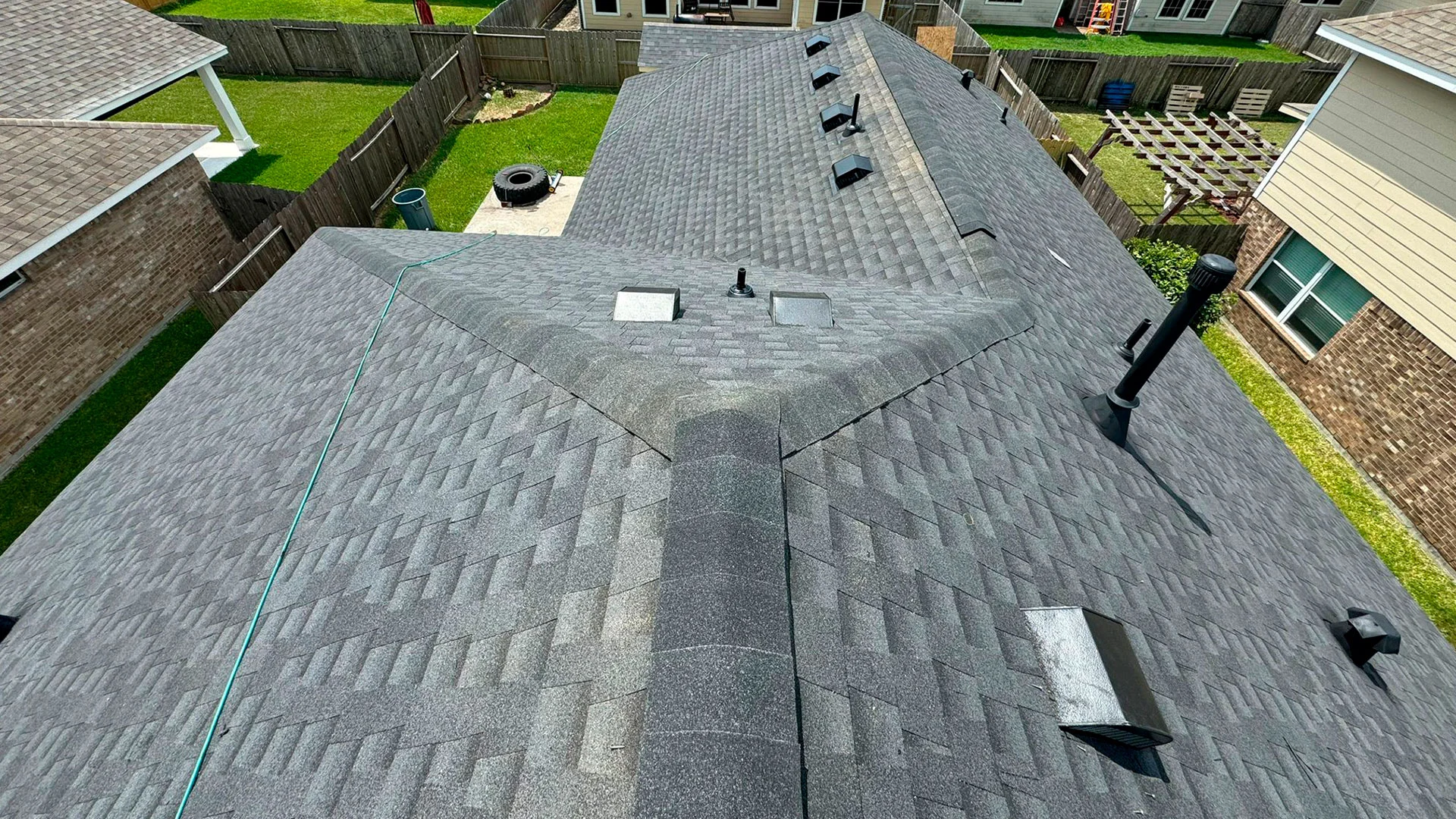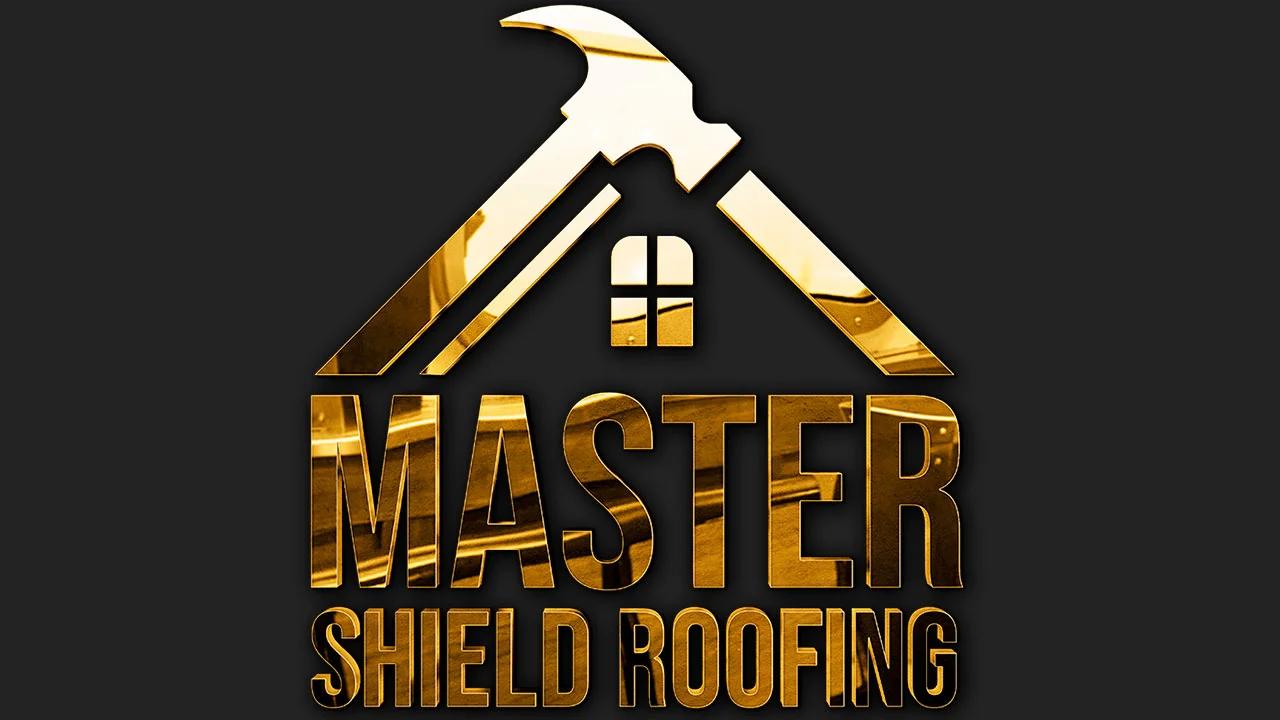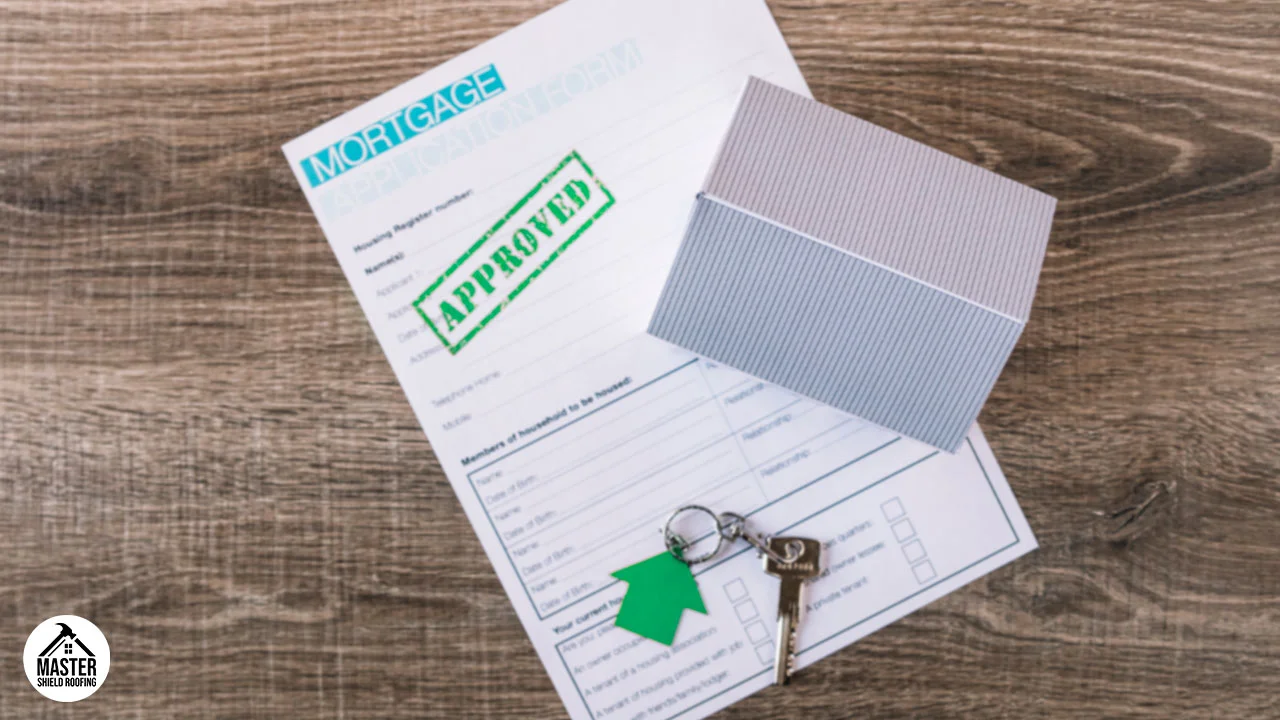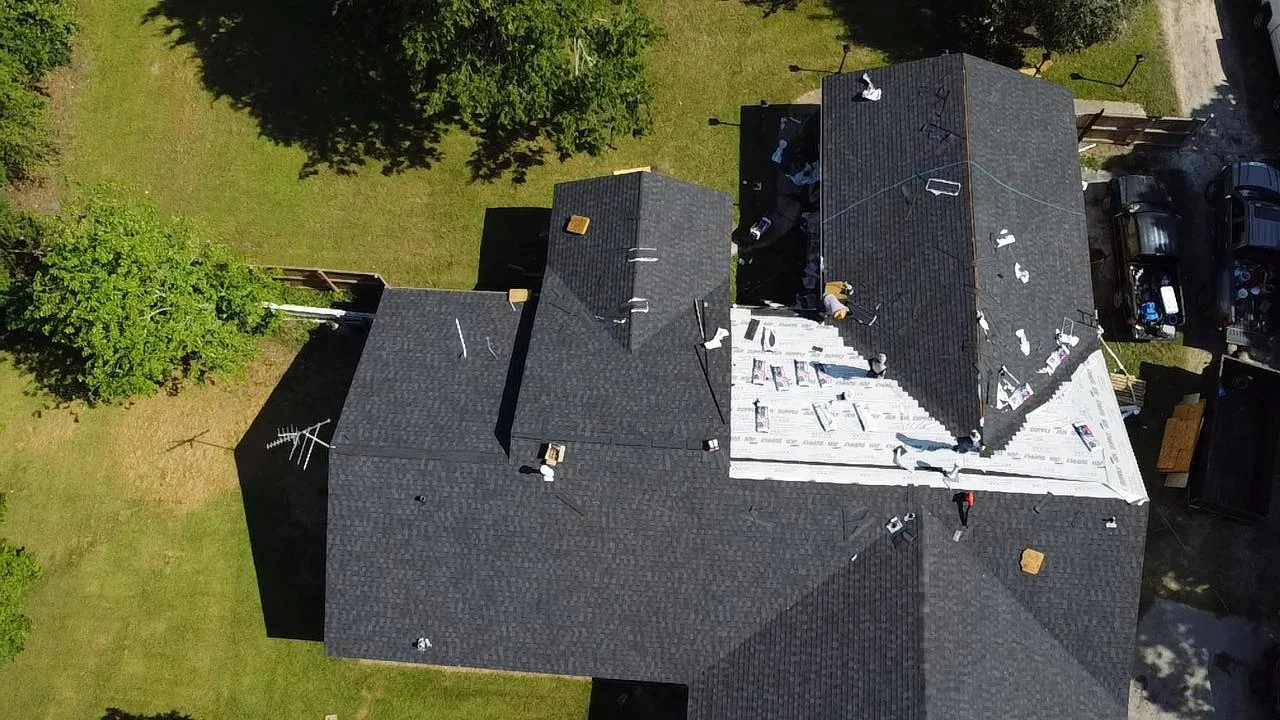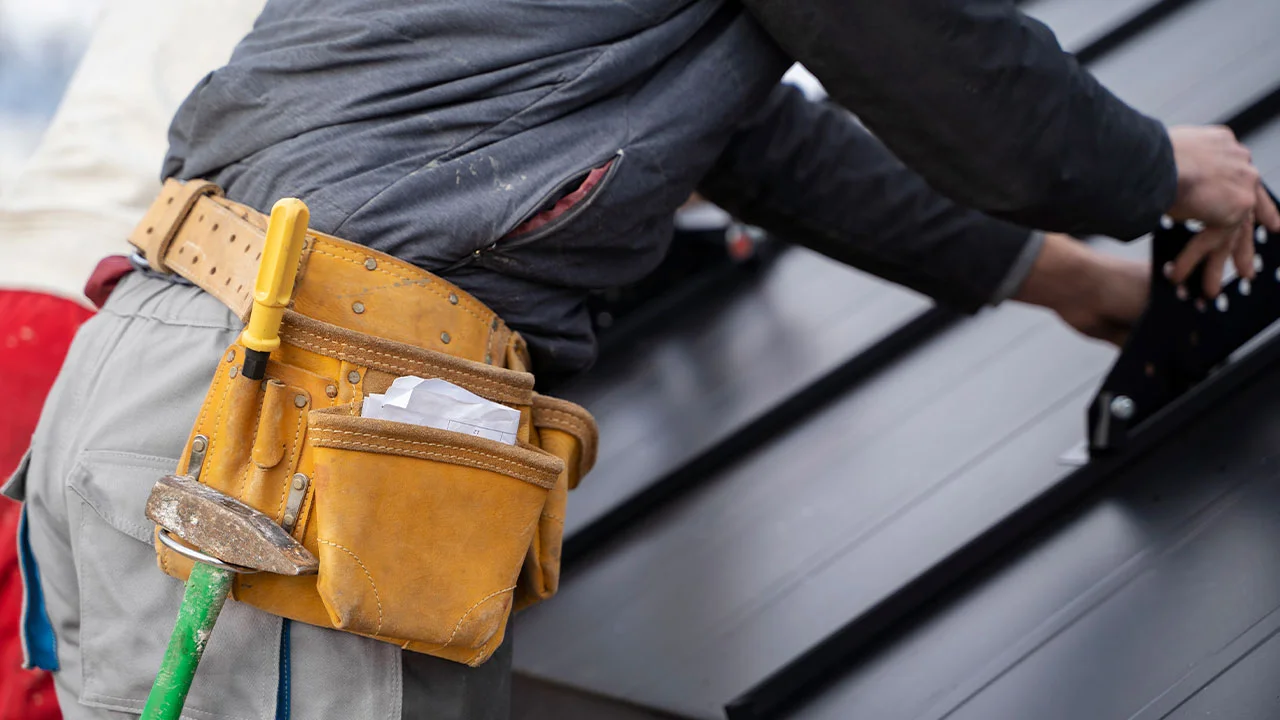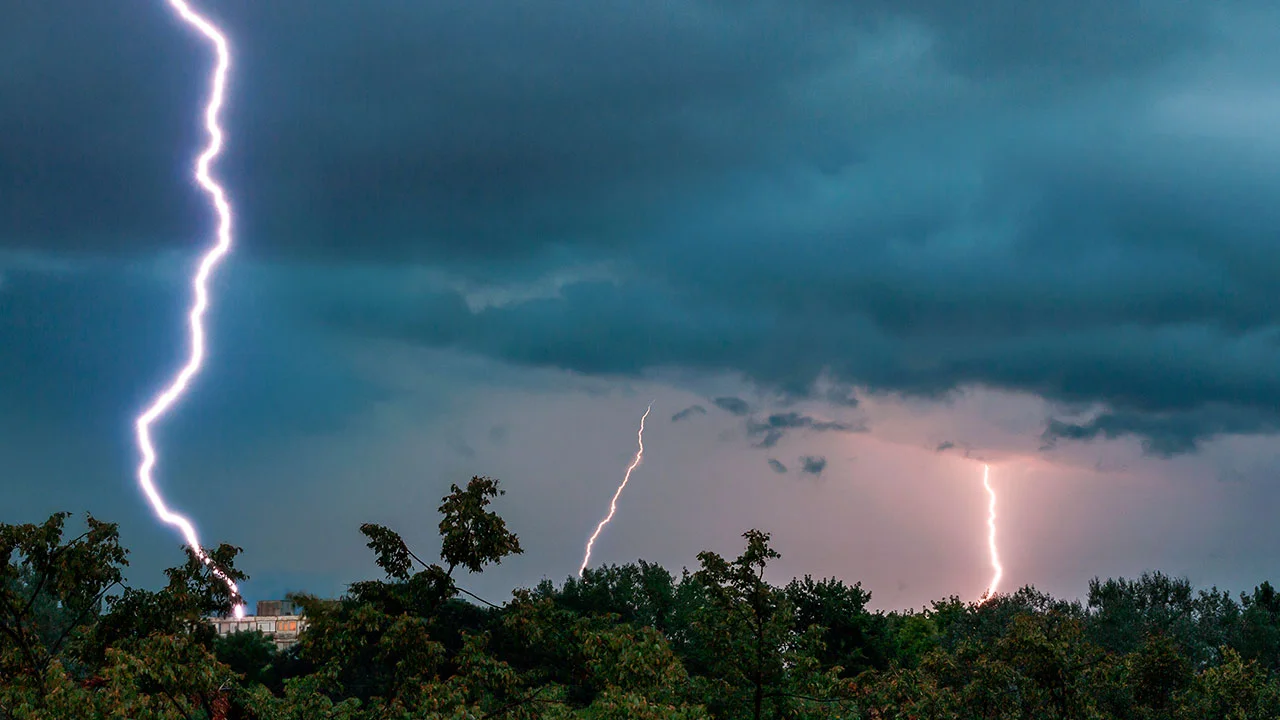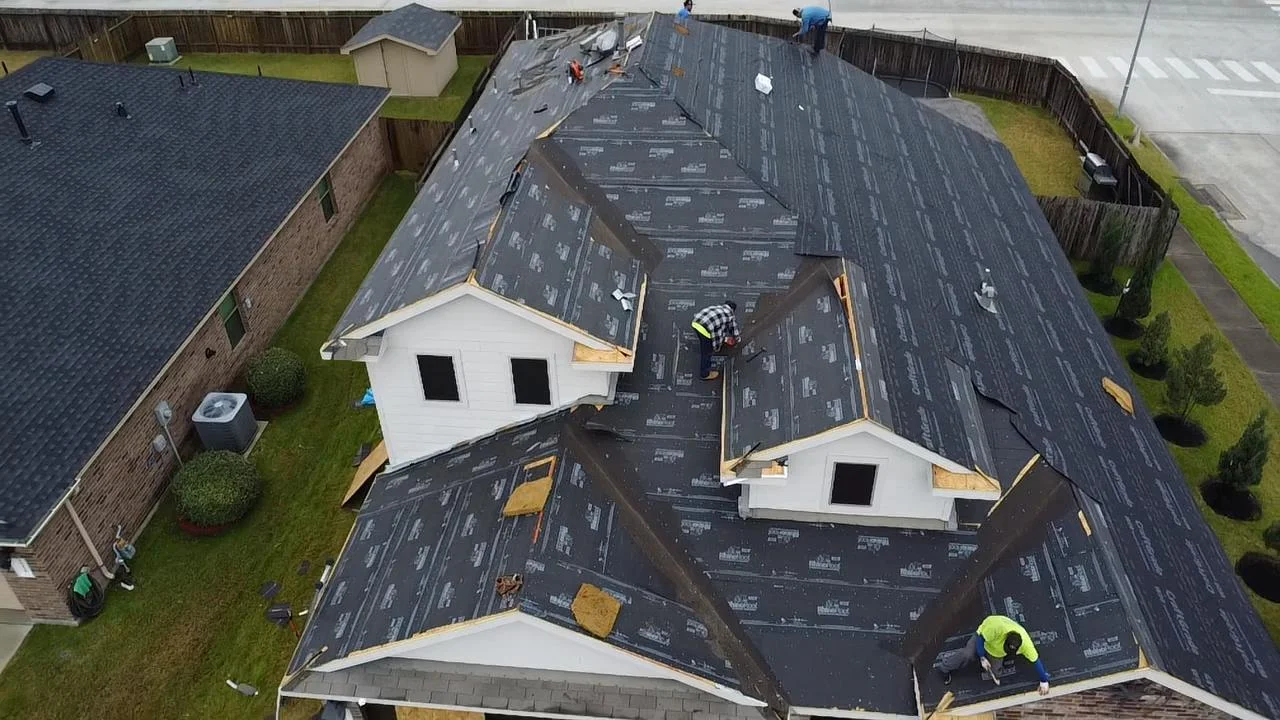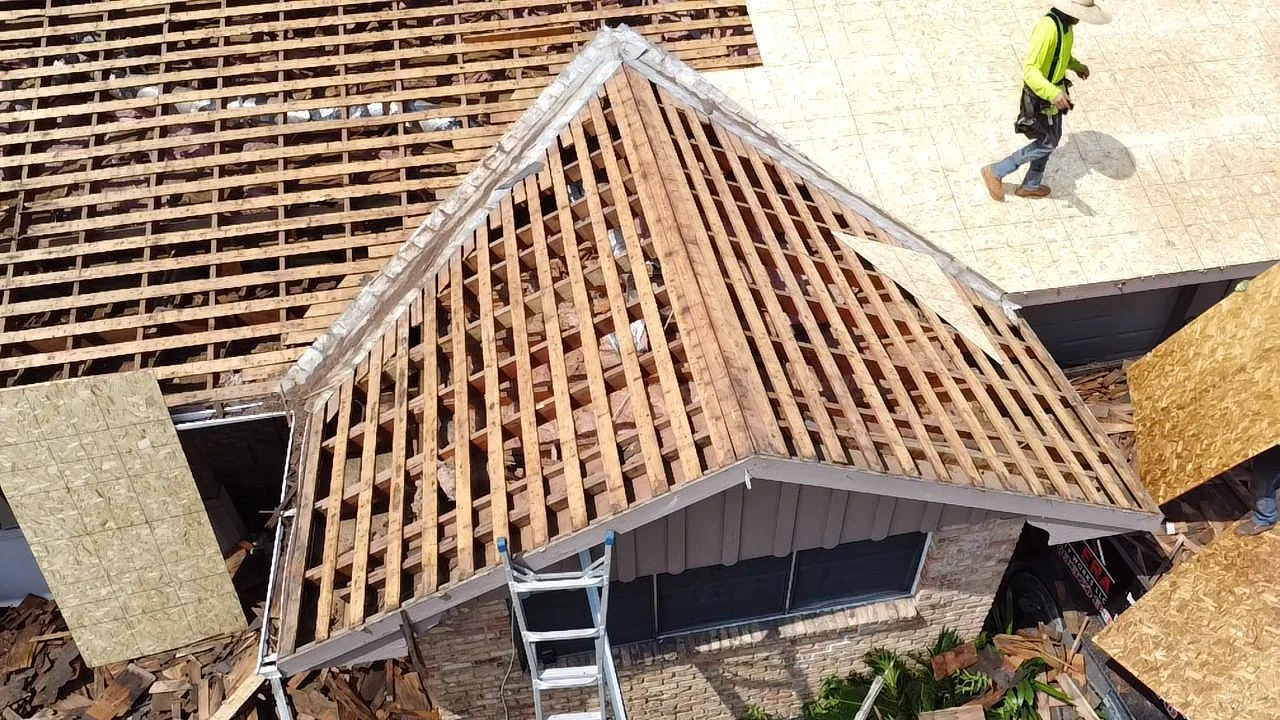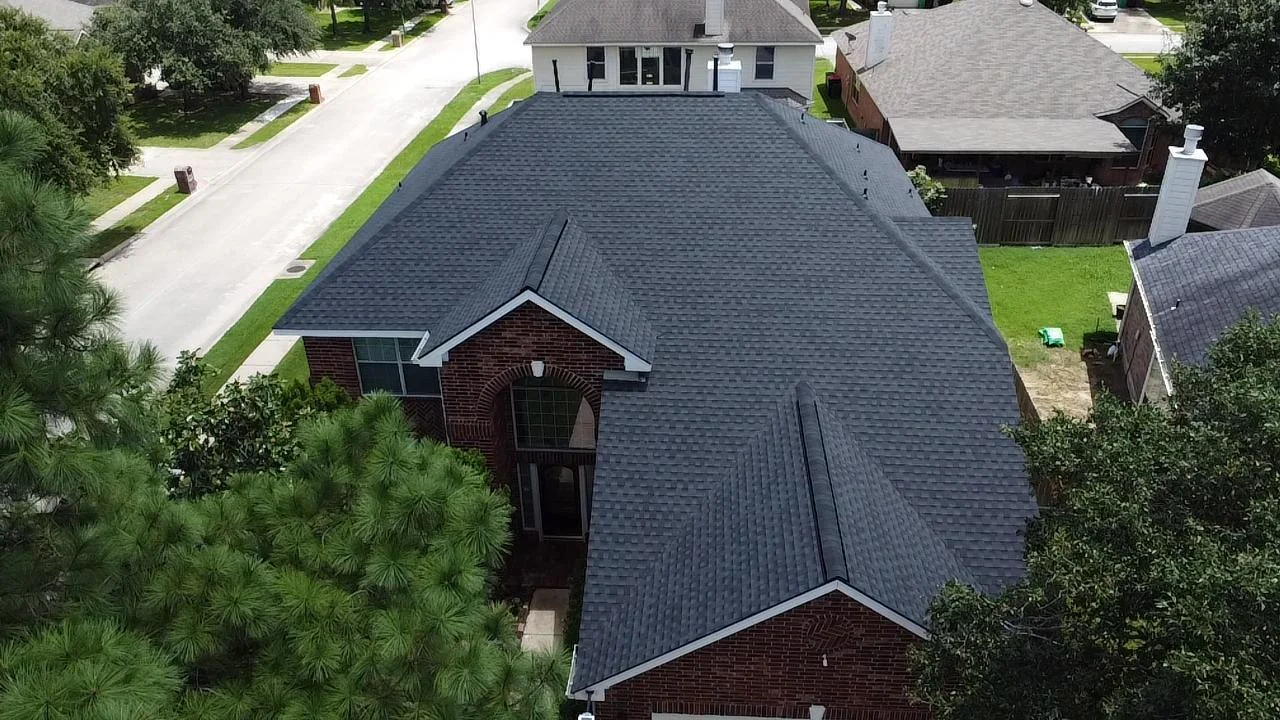Did You know?
Houston is particularly vulnerable to hurricanes and storms for several reasons:
- Geographic Location: Situated near the Gulf of Mexico, Houston is directly in the path of storms that form over warm ocean waters.
- Climate: The humid subtropical climate leads to warm ocean waters, which can fuel tropical storms and hurricanes.
In the past 15 years, there have been numerous tropical storms and hurricanes that impacted Houston.
Here are some of the most significant ones:
- Hurricane Beryl (2024) – Beryl brought heavy rainfall and thunderstorms to the area. More than 2.7 million lost power. Beryl’s wind gust wreaked extensive damage on Houston infrastructure.
- Hurricane Harvey (2017) – This was by far one of the most devastating storms, causing severe flooding and damage.
- Tropical Storm Imelda (2019) – Imelda brought heavy rainfall and flooding to the area.
- Hurricane Ike (2008) –One of the most deadliest and most expensive weather events, costing an estimated $34.8 billion
- Hurricane Rita (2005) – Rita was the most intense tropical cyclone on record in the Gulf of Mexico and the forth- most intense Atlantic hurricane ever recorded
Weather Events in Houston: Why You Should Be Prepared
Houston is no stranger to severe weather events, from heavy rains and hurricanes to hail storms and extreme heat. These conditions can wreak havoc on your roof, making regular inspections and maintenance crucial.
Investing in a reliable roofing system is not just a choice; it’s a necessity for protecting your home against the unpredictable Texas climate.
Our experienced team understands the specific challenges that Houston roofs face and is ready to provide solutions tailored to local conditions.




